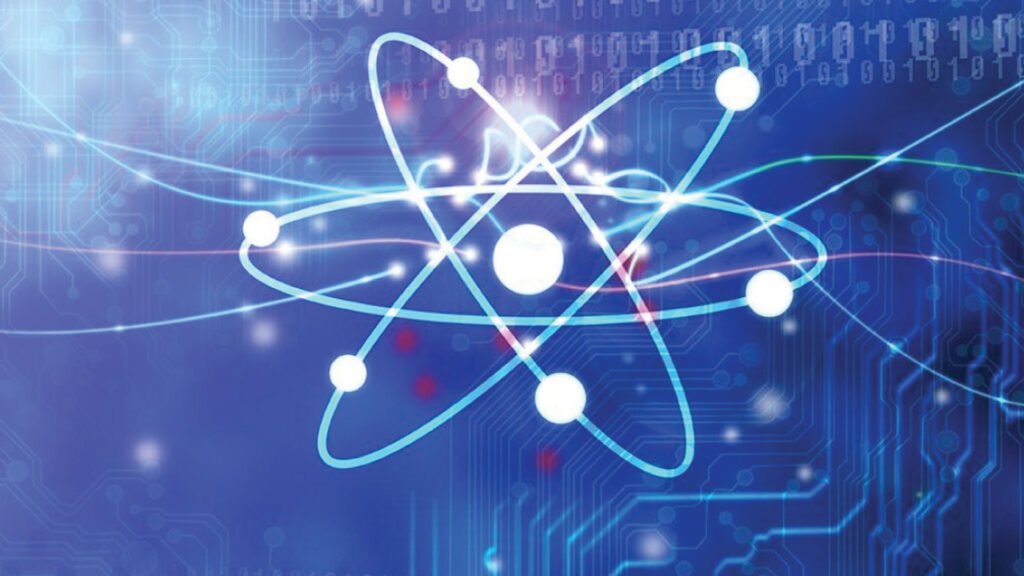Keeping equipment and assets running properly, it’s important to get ahead of the maintenance curve. Being proactive and relevant when it comes to trends in the asset management industry means knowing the biggest challenges and how to resolve them. With all the unknowns in the last couple of years, the asset management industry has been relatively lucky with the ability to carry on business. The industry is growing in line with inflation with a forecast of 8.7% from 2020 to 2026, according to Markets and Markets.
The shift from traditional paper systems towards modern CMMS solutions is helping drive industry growth. With the need for virtual and remote solutions due to the pandemic, advanced technologies such as cloud-based systems are helping businesses overcome today’s challenges while showcasing new opportunities for the future.
What to Look for In Asset Management in 2022
- Mobile CMMS
While not a new trend, mobile tools are quickly becoming the industry norm as businesses are recognizing the value. Combine that with the availability of cost-effective mobile devices and a workforce that is well-versed in its usage. Now companies can deliver real-time data straight from the source. - Preventative Maintenance Focus
The need to be proactive as opposed to reactive has become forefront in the industry to reduce unplanned downtime, increase asset lifespans, lower costs, increase safety and most importantly increase efficiency with insights available through CMMS. - Increased Digital Inspections
More and more organizations have multiple levels of compliance and regulatory requirements. The ability to complete, file and store equipment and asset inspections will provide huge time savings, less paperwork, real-time updates and digital sign-offs for accountability. - Cloud-Based Solutions
In today’s world, the need for any time anywhere has become imperative for businesses to operate efficiently. Without the need for on-site software, companies only have to deal with smaller monthly expenses as opposed to large capital expenditures and ongoing maintenance. Security and redundancy are required features of any high-level CMMS, most can integrate with your enterprise systems and you won’t need to deal with dedicated IT personnel. - AI (Artificial Intelligence)
Adding AI to the CMMS solution helps teams work smarter, not harder by automating repetitive jobs and maintenance planning, allowing you to focus on value-added activities. It can identify maintenance requirements, prioritize and adjust schedules to ensure the right person is assigned to the right task.
Check Out the New Martech Cube Podcast. For more such updates, follow us on Google News Martech News

